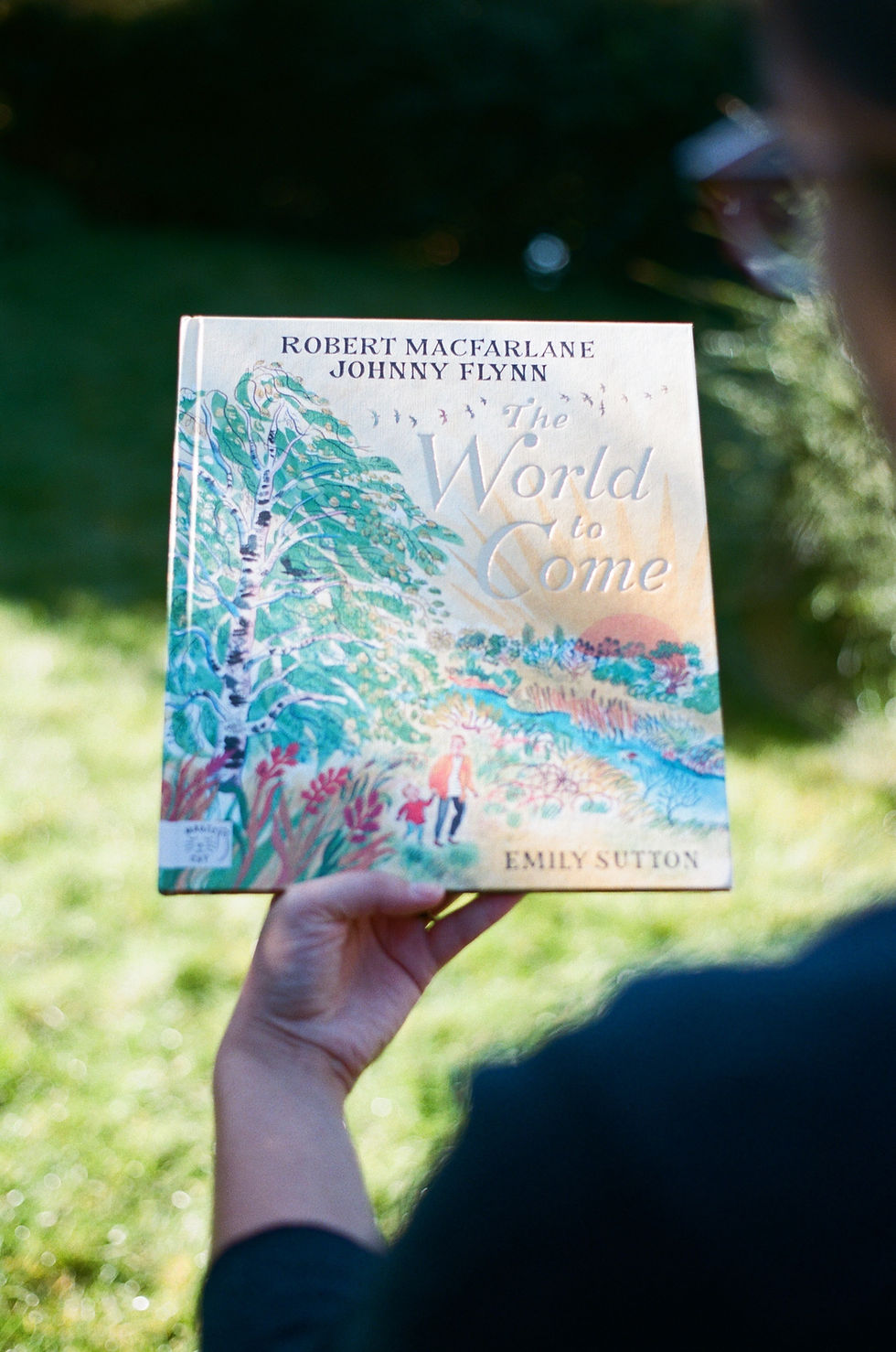Turning the Hide of Traceability
- Angus D. Birditt
- Nov 19, 2021
- 3 min read
Read the following 'Stories within Our Isles' contribution and collection of photography from Jack Millington, who set up Billy Tannery. Jack is an entrepreneur and leather maker, who talks about how he began the tannery, and how important it is to reuse and innovate such materials as hides to be sustainable.

I am often asked how I ended up running a goat leather business as it’s clearly not an obvious career path. I grew up on a dairy farm in Leicestershire and have fond memories of trips to help in the milking parlour in my father’s Defender, fighting for a front seat with a pack of Jack Russells. I have to be honest though, I definitely never dreamed of becoming a farmer and as a child was more interested in Saturday morning television than getting my hands dirty. Instead I set my sights on the world of marketing and spent seven fast-paced years in London. While in the back of my mind an idea started to take root. Rather than grind out the rest of my years in the city, what if I could combine my experience with a business that was in some way linked back to the farm.
It was around this time that my father developed an interest in goats and specifically in rearing them to supply an increasing demand for goat meat. I agreed to use my marketing experience to help him sell the meat as a side-project and along the way I stumbled upon the idea of using the leftover goatskins to make leather. The idea grew and grew even while all avenues for getting the skins tanned turned to dead ends. The UK leather industry had been in steady decline for decades and there were no longer any tanneries that could tan anything other than cow hides.
Then in 2014 I had two strokes of luck. The first was a conversation with James Whetlor, the founder of the UK’s largest goat meat supplier, Cabrito. James was desperate to find a use for the thousands of goatskins that were going to waste from his business and said that if I could tan them, I could have them. The second was an introduction to the team at the University of Northampton, who were a fountain of leather knowledge and crucially, were willing to help me with the idea to build our own tannery on the farm.
Nearly seven years have passed since then and I’m incredibly proud of the progress made with Billy Tannery. Not only building our own tannery but also rebuilding a traceable British leather supply chain has been an uphill battle, but an extremely satisfying one. However it still feels like we are only just getting started. We are making real progress eliminating the waste of UK goatskins, but this is just part of the problem. Despite the growing demand for sustainable materials and traceability, there are many thousands of UK hides and skins being burned or sent to landfill every year - a total waste.
The good news is that we’re not the only ones trying to solve this problem. I’m delighted to see a new project from Alice Robinson and Sara Grady receive funding to develop a new supply of leather from regenerative British farms. Even better, we will be collaborating with them on a project to tan sheepskins in our tannery later this year. On top of this we have been working with furniture maker Sebastian Cox on an English Longhorn cattle hide pilot and there’s a potentially very exciting deerskin opportunity in the pipeline too. Perhaps there will be a new chapter for the British leather industry yet.
Words by Jack Millington | @billytannery
.png)




.jpg)


.jpg)





















コメント